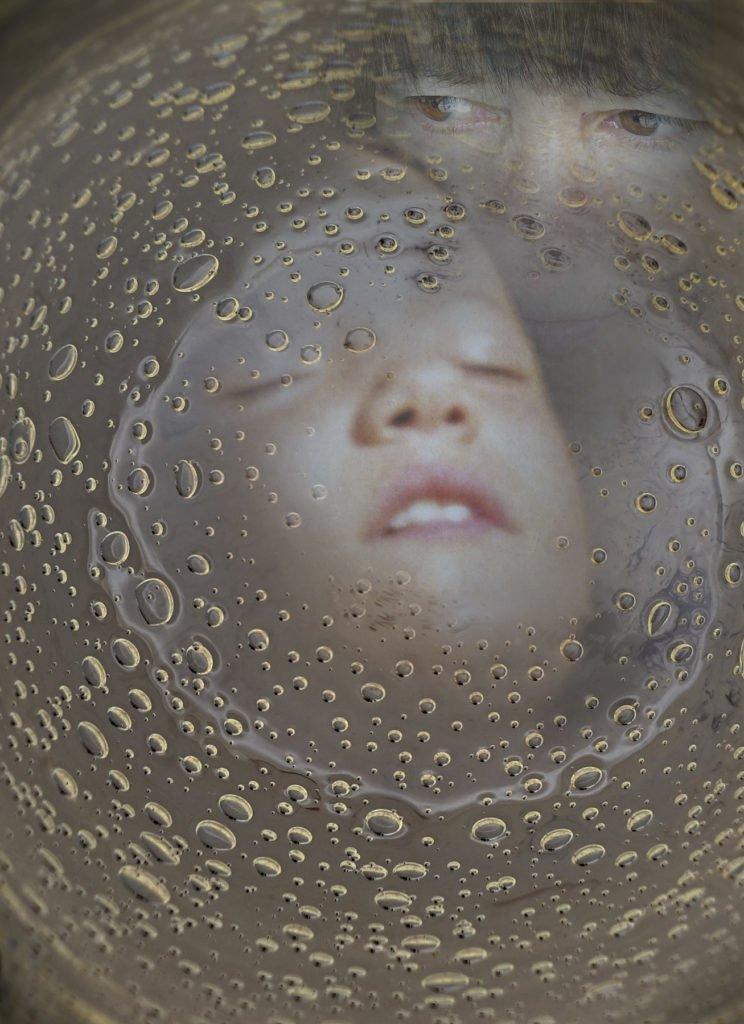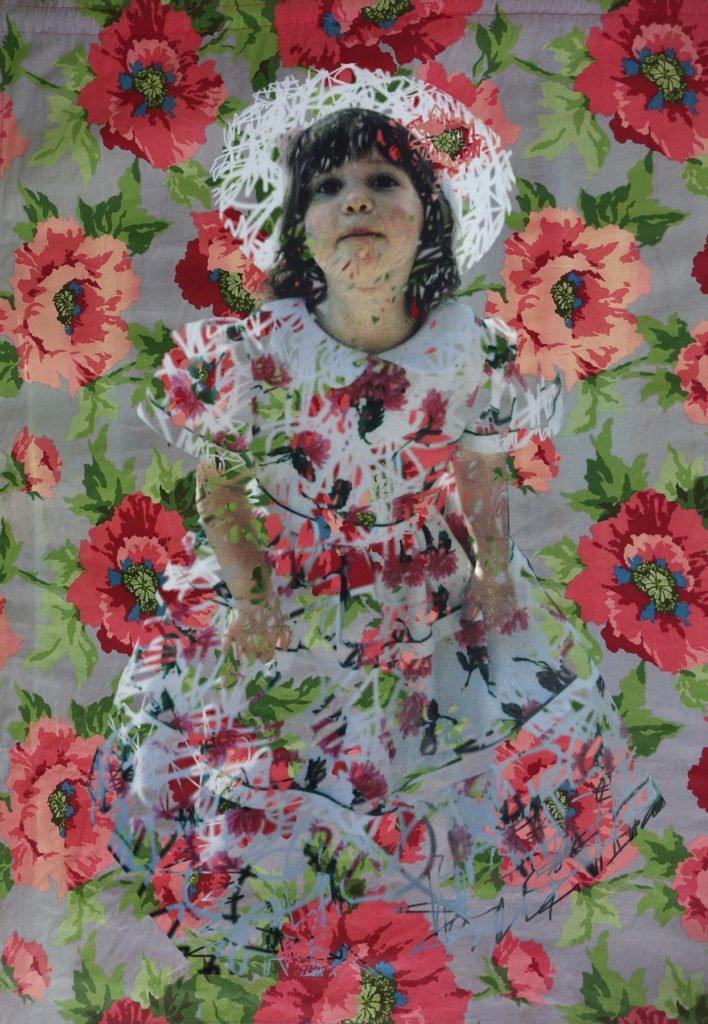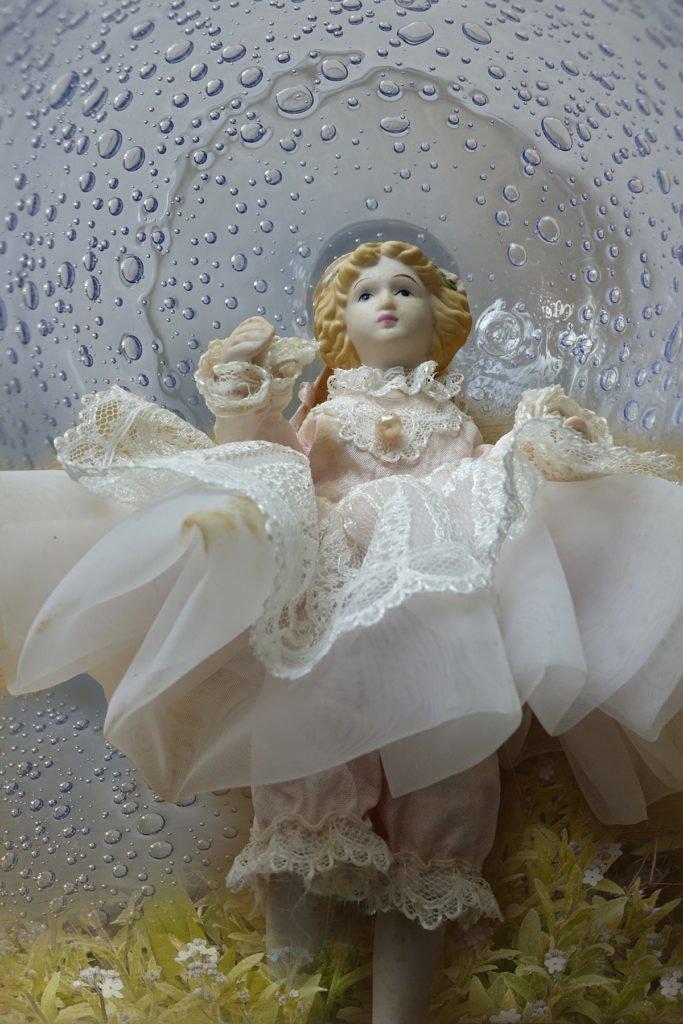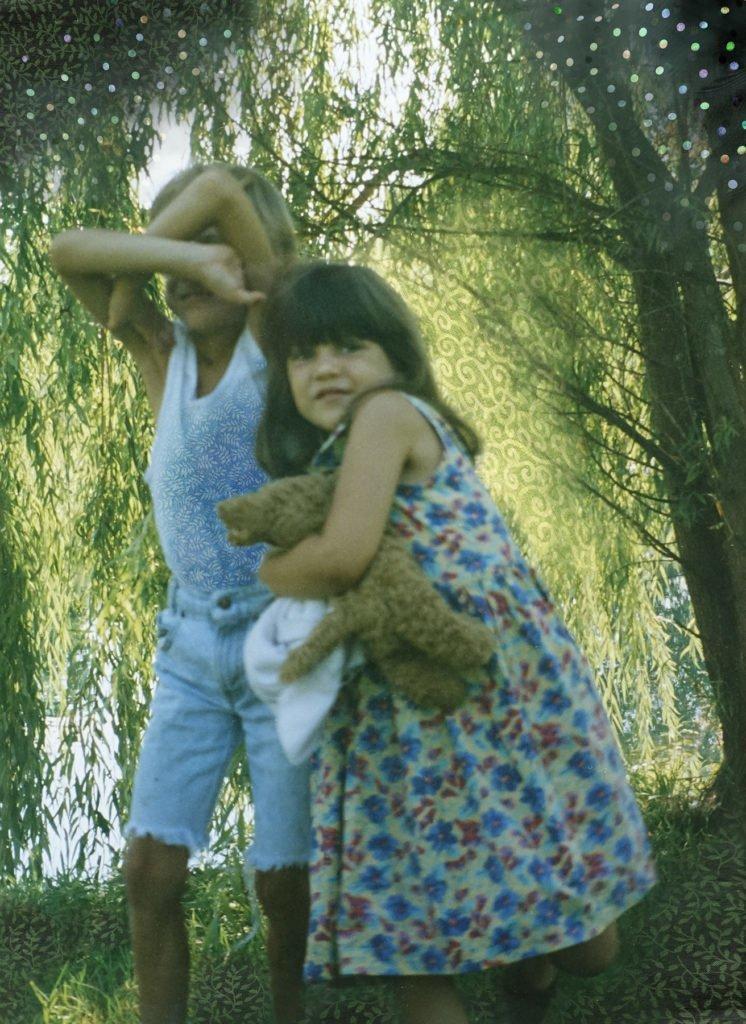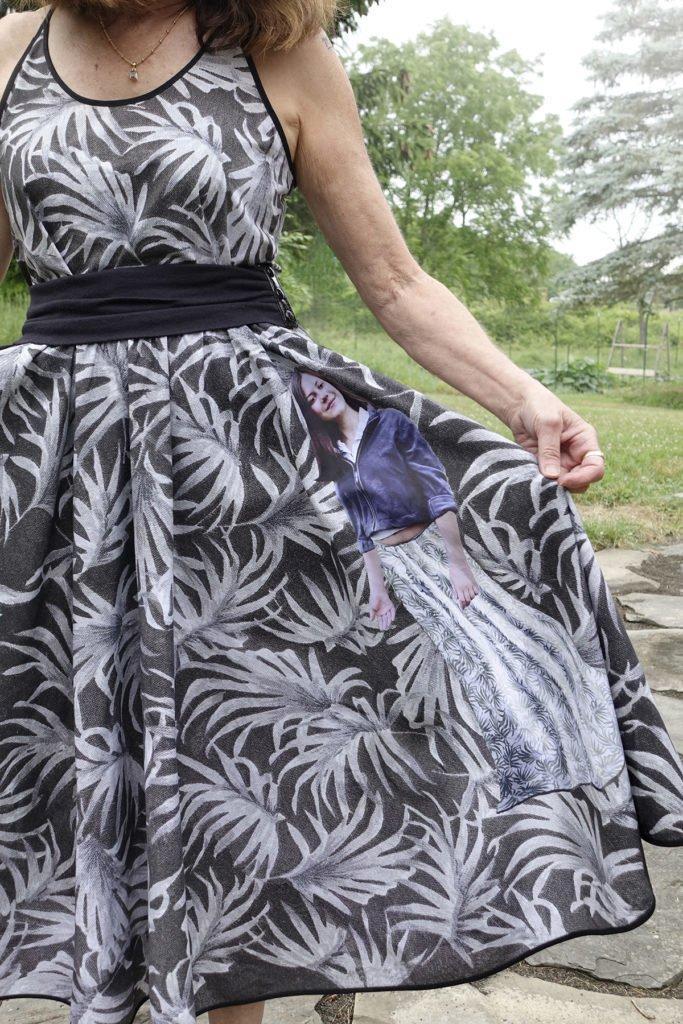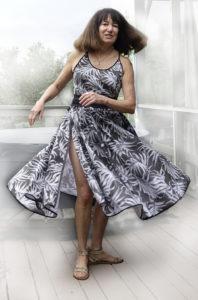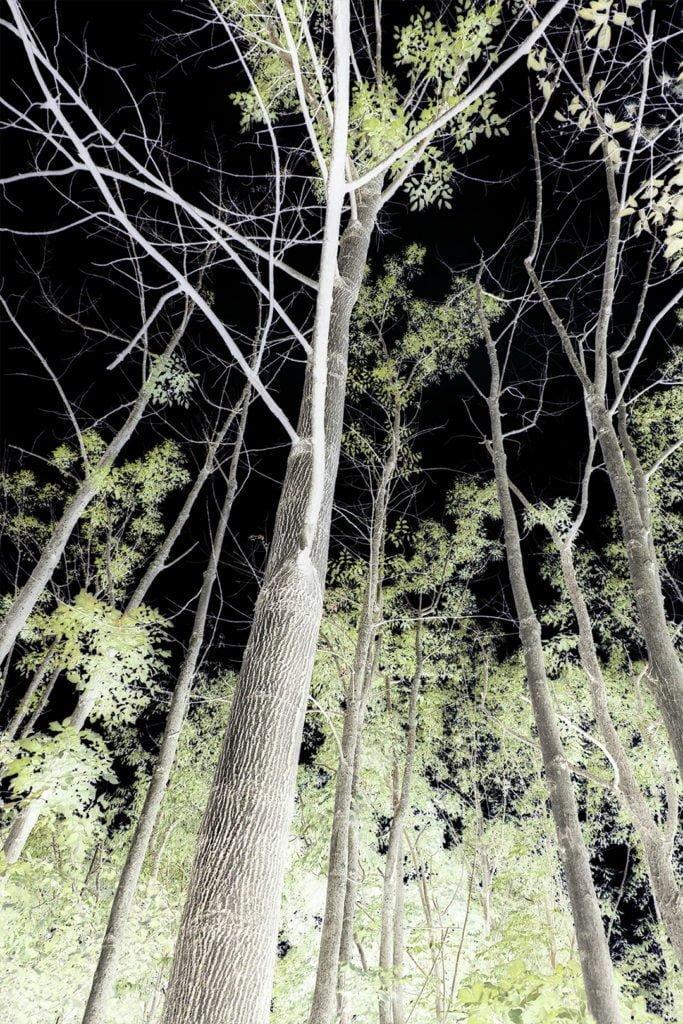 “Your trees are dying,” the guys working around my home pointed out. Something about emerald ash borer beetles and fungal infection. “They should be chopped down before they fall on your house.” One more thing in my world was falling apart, along with the clothes drier quitting, the dog getting sick, and the driveway flooding mudslides into the garage. The earth beneath my feet was crumbling. The safe haven, always solidly set in my heart’s GPS to ‘Go Home,’ was going kerflooey.
“Your trees are dying,” the guys working around my home pointed out. Something about emerald ash borer beetles and fungal infection. “They should be chopped down before they fall on your house.” One more thing in my world was falling apart, along with the clothes drier quitting, the dog getting sick, and the driveway flooding mudslides into the garage. The earth beneath my feet was crumbling. The safe haven, always solidly set in my heart’s GPS to ‘Go Home,’ was going kerflooey.
I don’t believe you really own land or trees. The land you live on, pay taxes on, and love. I believe the few gravely acres I’ve parked myself at for four decades own me. So I’m having a hard time understanding how it falls to me to make huge life-or-death decisions about these skeletal trees. Do trees have ghosts, I wonder? Because I’m already haunted by the ghosts of countless fellow creatures I’ve ‘put down’ over the years. Cats. Dogs. My daughter.
For months, I tried to ignore the bare branches that never leafed out. But eventually I brought in tree specialists to get a second opinion. By then, even I could spot a sick tree. Twenty-four of them. Or more.
“Do trees have spirits? Do they have some sort of consciousness?” I asked a healer friend, “What can I do for them?” There were several things. Nothing that could save them though. Over the next few weeks, as guided by the healer, I went about touching them, communicating to them what was to happen, saying sorry. I sang Day is Done to the tune of Taps. Even the dog sensed something was up, lying on the grass under the trees rather than peeing or poo-ing there.
If trees can read my thoughts, if they leave lingering ghosts, I am surely in trouble. Weeks before their chopping-down day, as I hugged my doomed trees, and explained and begged forgiveness of them, I was already eyeing the not-yet-vacated space, considering all the possibilities of how I could fill it.
Have you ever loved a tree or land? Have you ever had to destroy something you thought was beautiful? Have you ever felt guilty for being the one still standing? If I don’t watch the trees coming down, can I pretend I didn’t kill them? How could I not watch the trees coming down?
